0 x item(s)
- E86019 EFE Rail NAA Propelling Control Vehicle (PCV) 95301 EWS
E86019 EFE Rail NAA Propelling Control Vehicle (PCV) 95301 EWS
Mail trains have long captured the imagination and interest of railway modellers, and the Propelling Control Vehicle (PCV) was once an essential element of the modern mail scene, but that all changed when EWS lost its contract with Royal Mail in 2003. The PCVs were mainly stored or scrapped, but some were given a second lease of life including No. 95301, which was painted into EWS livery and used on parcels traffic.
The EFE Rail model employs a detailed bodyshell which features separate jumper cables and windscreen wipers at the cab end, plus handrails, lamp brackets and ETH connections which are also added individually. The B5 bogies include brake and suspension components, and a speedometer is fitted to the cab-end bogie, complete with representations of the cable that connected it to the solebar. Below the solebar, underframe components like the battery boxes and brake gear have been added separately.
The PCV boasts operational lighting, including directional lights at the cab end which can be switched between day and night mode using the switches mounted within the underframe. When used on DCC, lighting is controlled via a Next18 DCC Decoder – the socket for which is accessed by first removing the body – and DCC users can enjoy the addition of a cab light as well as controlling the directional lights and their day/night modes via dedicated functions. Power collection comes from electrical pickups provided to every wheel and couplings are of the tension lock variety, fitted into NEM pockets which are attached to chassis-mounted close coupling mechanisms. Brake pipes and dummy buckeye couplings are supplied for optional fitting to each bufferbeam.
MODEL FEATURES:
- EFE Rail OO Scale
- Era 9
- Pristine EWS Express livery
- Running No. 95301
- Directional Lights (cab-end only) with Day/Night Mode
- Cab Light (when used on DCC)
- Lighting Operation on DCC requires a Next18 DCC Decoder – Recommend Decoder item No. 36-567A
- Sprung Buffers
- Accessory Pack
- NEM Coupling Pockets
- Close Coupling Mechanism
- Length 275mm
PCV HISTORY
Propelling Control Vehicles (PCVs) were introduced by British Rail to improve efficiencies on mail trains, removing the requirement for multiple locomotives to service mail trains at Royal Mail hubs. In particular, it was intended that the push-pull operation would benefit Royal Mail’s planned Railnet Hub terminal at Willesden which opened in 1996, as they sought to end parcels traffic using London termini.
Whilst the PCVs could be hauled at speeds of up to 100mph, they were limited to 40mph when being propelled as, unlike DVTs and DBSOs, they were not intended to travel long distances whilst being propelled, but instead their purpose was to release the train from a siding or buffer stop without the need to provide a second locomotive.
Two prototypes were converted by the Railway Technical Centre at Derby in 1993, with a further 41 production vehicles outshopped by Hunslet-Barclay at their Kilmarnock Works between 1994 and 1996.
The vehicles were created by converting driving vehicles from Class 307 Electric Multiple Units – the 1950s-built 4-car units having been made redundant by the introduction of new Class 321s on the Great Eastern Mainline. Given the TOPS code NAA but more commonly known as PCVs – Propelling Control Vehicles – the entire fleet was allocated to the parcels sector – known from 1991 as Rail Express Systems – before passing into EWS ownership in 1996 following Privatisation.
Conversion work included the removal of the bodyside windows and doors and the fitting of bodyside strengthening and roller shutter doors, two per side, with the remaining bodysides reskinned with steel panels. The cab ends were fitted with WIPAC lights, ETH cables and brake pipes at bufferbeam level, and RCH jumper cables – RCH being the push-pull system used to control the propelling locomotive from the controls in the PCV. At the gangway ends, conventional buffing gear was fitted, allowing the vehicles to couple to other parcels coaches. Internally, the cabs were refurbished, and the former passenger saloons gutted to provide space for mail to be carried.
B5 bogies were fitted, with the bogie at the cab end carrying footsteps on either side, the AWS magnet and a speedometer. On the roof, a cab to shore radio pod was fitted above the cab.
A common train formation saw two PCVs marshalled at either end of a train comprising two General Utility Vehicles (GUVs), with a Class 47/7 providing haulage, however Class 90s, and in later years 67s, were also found hauling these formations. These short rakes could be run in multiple and with other parcels stock creating interesting and varied trains.
The four-plus-loco formations would work into the Royal Mail hub, with the PCV negating the need for the locomotive to run round the train at its destination nor the need for a second locomotive to aid this manoeuvre. PCVs worked to all corners of the UK, including Scotland and Wales, and could also be found in Travelling Post Office trains operating around the country.
The PCVs were made redundant when EWS lost the contract to operate Royal Mail services in mid-2003, with services ending later that year and whilst EWS looked to find new work for them, ultimately the vehicles went into store, and many have subsequently been scrapped.
-
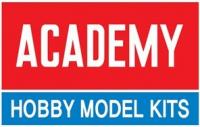
Academy Models
-

Accurascale
-
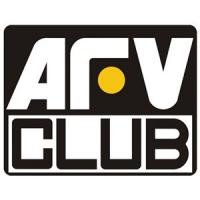
AFV Club
-
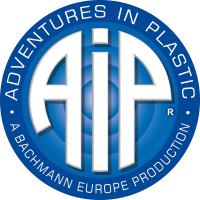
AIP by Bachmann
-
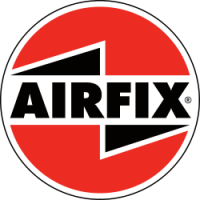
Airfix
-

Arnold
-

ATD Models
-
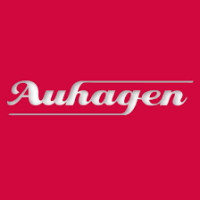
Auhagen
-

Bachmann
-

Bachmann Narrow Gauge
-
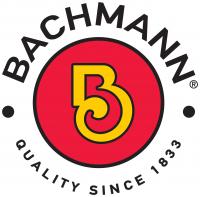
Bachmann USA
-
Barrie Stevenson
-

Bassett-Lowke
-

Berko
-

Busch
-

Cambrian
-

Clark Railworks
-

Corgi
-

Cornerstone
-
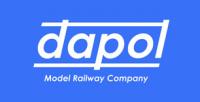
Dapol
-

DCC Concepts
-

Deluxe Materials
-

Dundas
-
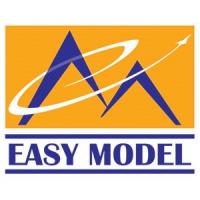
Easy Model
-

Eckon
-

EFE Rail
-

EFE Road
-

Emhar
-

ESU
-
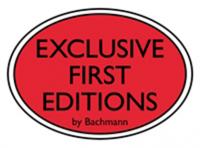
Exclusive First Editions
-

Faller
-

Fleischmann
-
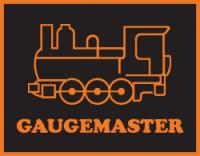
Gaugemaster
-

Gecko Models
-

Golden Valley Hobbies
-

Graham Farish
-

Greenlight Collectibles
-

Heljan
-
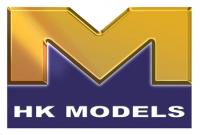
HK Models
-

Hornby
-

Hornby International
-

Hornby TT:120
-

Humbrol
-
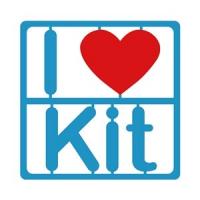
I Love Kit
-

Jouef
-
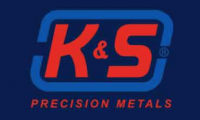
K&S Metals
-

Kadee
-

Kato
-
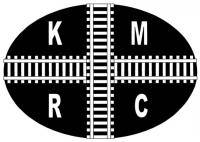
Kernow Models
-
Kestrel
-

Kibri
-

Lenz Digital
-
LightCraft
-

Liliput
-

Lionheart Trains
-

Merit
-

Metcalfe
-

Middleton Press
-

Mirror Models
-
Miscellaneous
-

model scene
-

ModelMaker
-

Murphy Models
-

Noch
-

Oxford Diecast
-
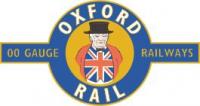
Oxford Rail
-
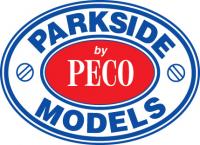
Parkside by Peco
-

PECO
-

Plastruct
-
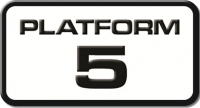
Platform 5
-

PM Model
-

Preiser
-

Proses
-
RailMatch
-
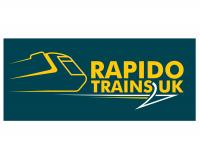
Rapido
-
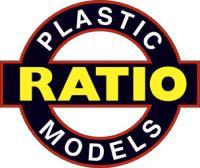
Ratio
-

Revell
-

Revolution Trains
-

Rivarossi
-

Roco
-
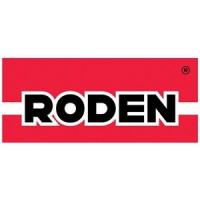
Roden
-

Scale Model Scenery
-

Scalextric
-
Shawplan
-

Slaters
-
Smiths
-

Springside
-
Star Tec
-
Strathwood
-

Superquick
-

Takom
-
Taliesin
-
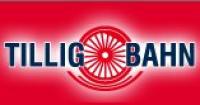
Tillig
-
Tiny Signs
-

Toyway
-
Tracksetta
-

Train-Tech
-

TrainSave
-
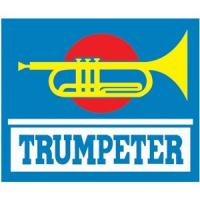
Trumpeter
-

Viessmann
-

Vollmer
-
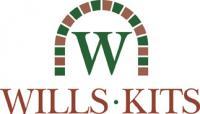
Wills
-

Woodland Scenics
-

Xuron
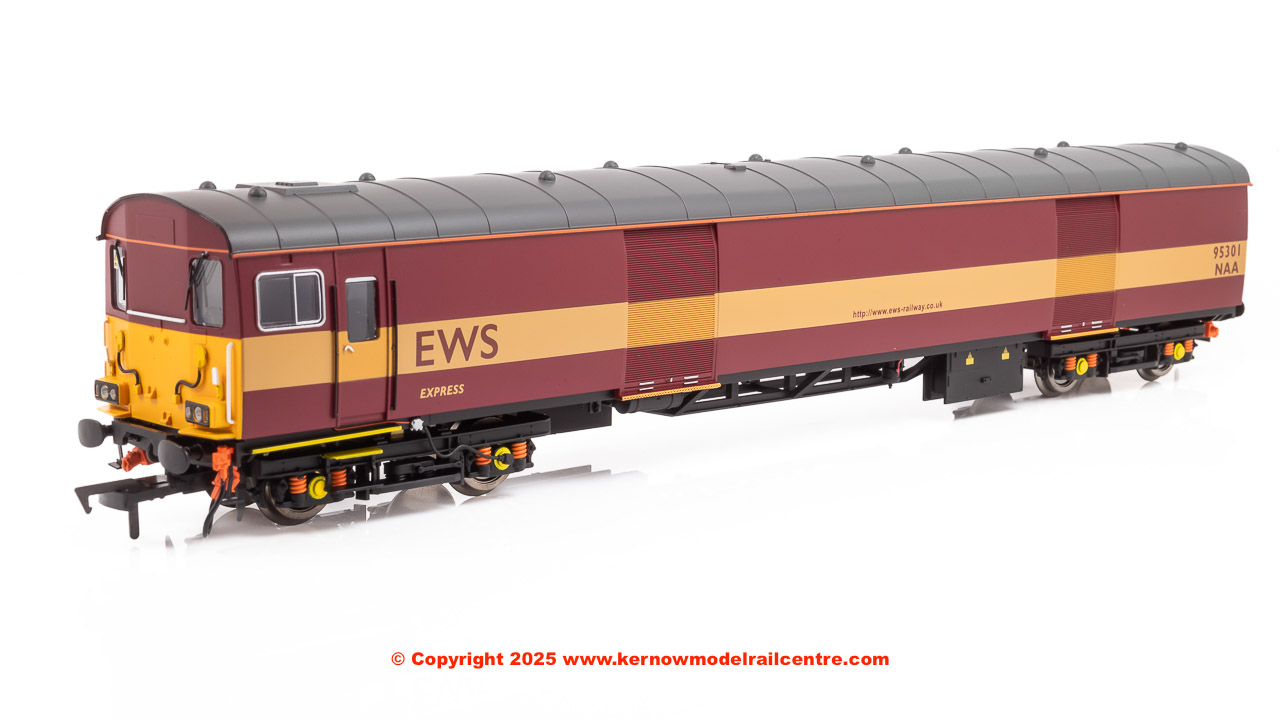
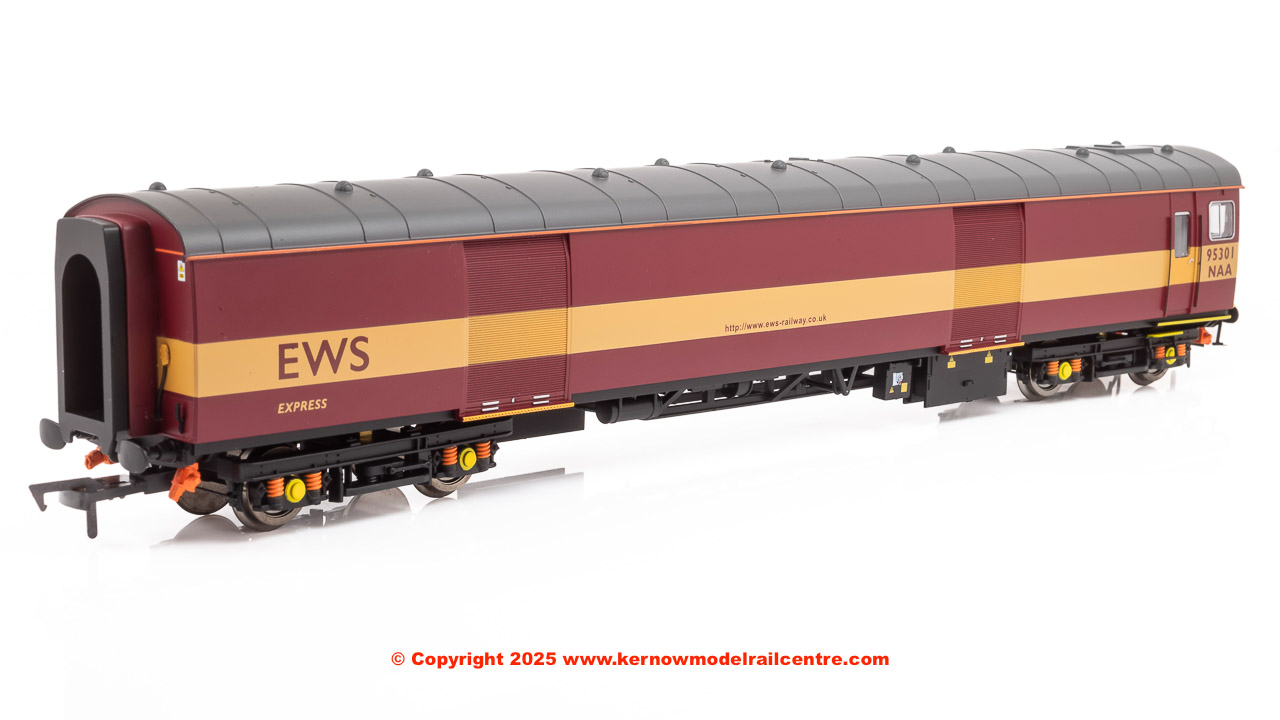
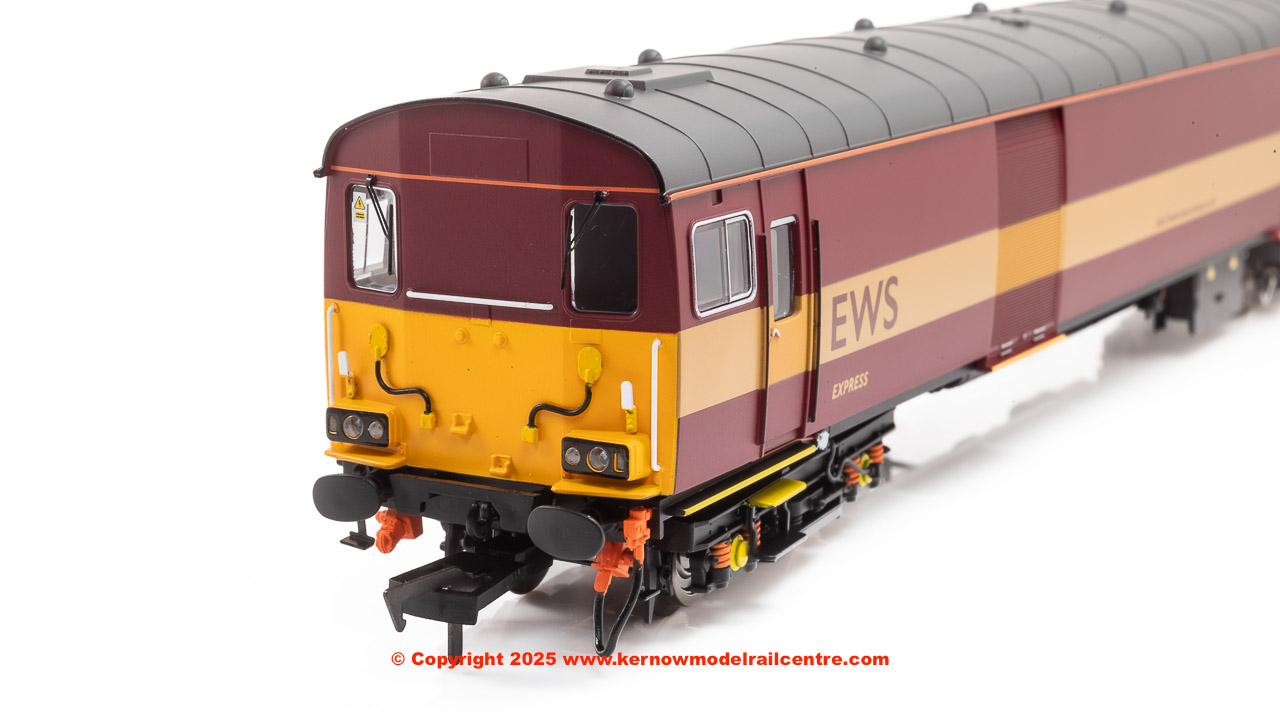
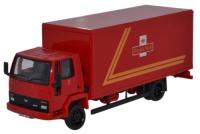
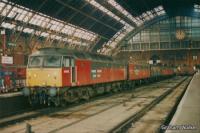
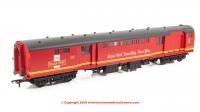

Connect with us socially

